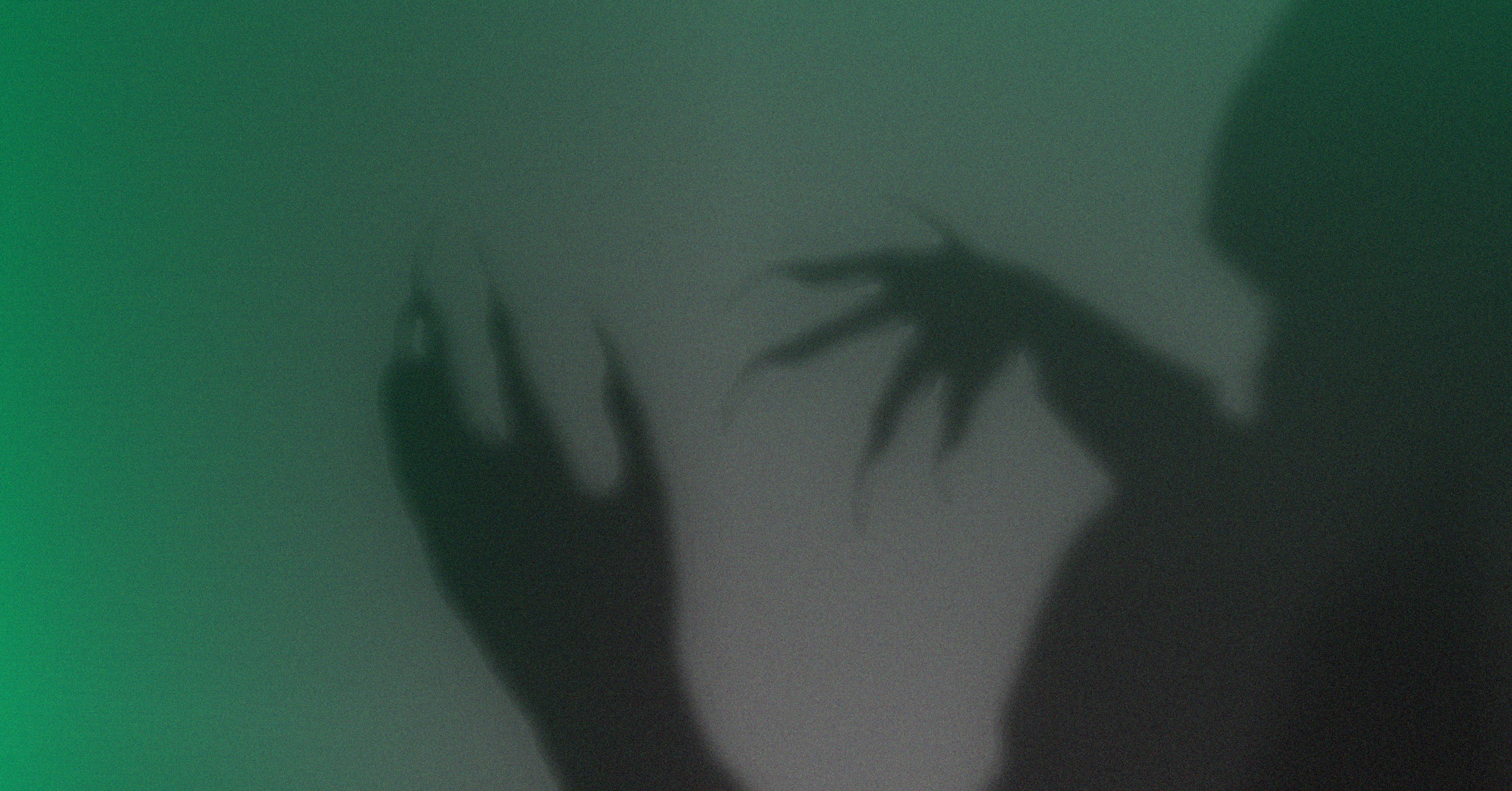
Though scientists do their very best to keep animal experimentation hidden from our consciousness, evidence of the practice pervades our daily lives . . . even if we rarely recognize it for what it is. And, today – Halloween! – is no exception.
The green, stitched-up rendition of Frankenstein’s monster is a Halloween staple, but, unfortunately, the accompanying commentary on science’s irreverence for life is not.
In 1818 – after watching the human fixation on wealth, power, and clout increasingly overwhelm any respect for either life or death, as scientists desecrated other-than-human animals’ bodies in life and human bodies stolen from fresh graves in death – author Mary Shelley conceived of the tale of Frankenstein.
Attending to her belief that the unchecked pursuit of science would lead to “horror, despair, and death”, Shelley concocted as her villain, Dr. Victor Frankenstein, a scientist who (1) built a monster out of body parts stolen from corpses and (2) paved the way to his own demise through “neglect of and cruelty” of his monster. Indeed, Frankenstein has been aptly described as delineating “the horrifying outcome when reason is divorced from feeling and science from ethics.”
In the most fundamental of ways, Dr. Frankenstein exemplifies the modern vivisector.
Just like animal experimenters of our day, Shelley’s scientist unabashedly valued humans over other-than-human animals (i.e., was speciesist) and:
- argued that human beings should “be unemotional in the pursuit of knowledge” (that, to realize success, scientists must repress any twinges of emotion).
- prioritized his own interests, “mak[ing] a conscious choice of creating a being of a new species to enhance his own position and value in society, without considering the consequences this might entail for the [being himself]”.
- imposed, obliviously or indifferently or both, “a great deal of pain and suffering” upon his creation”.
Simultaneously – and in stark contrast to the scientist’s “selfishness”, “greed” and “ambition to play God” – the scientist’s creation (i.e., the other-than-human character) displayed a conscience and empathy for others. He was no monster, after all.
No, that role was filled by the scientist himself.
On Halloween, and every other day of the year, Frankenstein is still playing out in laboratories all around the world.
More than 200 years after Shelley’s work was published, millions upon millions of other-than-human animals find themselves exploited annually by humans in the name of unemotional “science”, and . . .
. . . just as “consumerism, marketing, and media” have rendered the monster in Frankenstein “less of a horrifying monster and more of a pop culture icon”, the animal experimentation industry has obscured the truth about vivisection with pretty lies and surreptitious propaganda.
. . . just as Frankenstein’s monster suffered “despair and misery” – asking “‘have I not suffered enough’”?’ – the harms inflicted upon other-than-human animals in laboratories far exceed the physical (though that, too, is unimaginable and unquantifiable).
. . . just as was the reality in Frankenstein, the humans in science – not the other-than-humans – are the ones devoid of humanity.